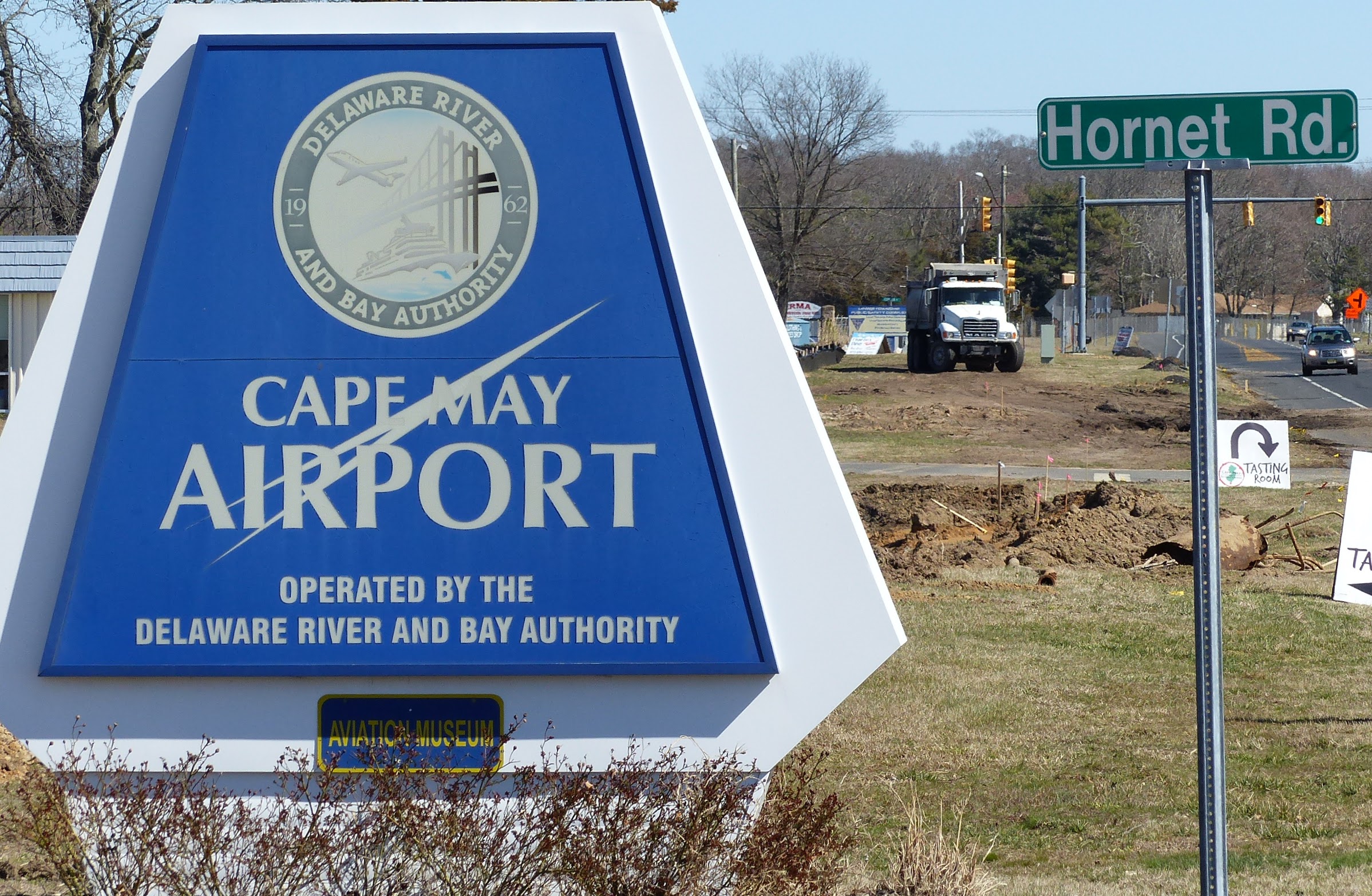Although pundits had been predicting a close race on the Democratic side of the New Jersey primary election, the winners on both sides were known less than an hour after the polls closed June 10.
Within 15 minutes, the race for the Republican nomination was called with the expected victory of the Trump-endorsed and third-time candidate, former state Assemblyman Jack Ciattarelli, who won two out of every three Republican votes cast. Ciattarelli pulled 68% of the vote, leaving his principal challenger, talk show host Bill Spadea, with 22%, and not leaving much else for the rest of the field.
Thirty minutes later – just 45 minutes after polls closed – the Associated Press and other news services called the Democratic race for front-runner Congresswoman Mikie Sherrill, who commanded 34% of the vote in a crowded Democratic field that featured the mayors of two of the state’s largest cities, a fellow member of the House of Representatives, the head of the state’s largest union and a former state Senate president.
While the Republican side of the primary was easier to predict, the Democratic race was seen as one in which a winner might not be known for hours – but that wasn’t the case. Sherrill won 15 of the 21 counties handily, lost two outright to Newark Mayor Ras Baraka, and was in the lead in the four remaining counties.
In Cape May County, Sherrill won 38% of the Democratic votes, while Ciattarelli received 80% of the Republican vote.
A lot of the post-election commentary focused on Sherrill’s easier-than-predicted victory.
The primary saw more money spent than any in the state’s history, yet money did not seem to play the role the textbooks say it usually does. An Election Law Enforcement Commission news release on June 6, with four days left before the election, showed $122 million spent, of which $67.6 million came from independent committees.
Yet the candidate who far outspent all the others in the Democratic field, Sean Spiller, only won a little more than 10% of the vote. The Working New Jersey independent committee, funded by a political action committee tied to the teachers union that Spiller heads, spent $38 million on his candidacy, according to the June 6 commission report.
Sherrill had strong financial support and spent upwards of $12 million, but in spending she trailed Spiller, Josh Gottheimer, and Steven Fulop, and she narrowly edged out Steve Sweeney.
The primary was also the first for a governor’s nomination that did not make use of the county line ballot since 1981. It is going to take a few more cycles before the absence of the county line can be fully evaluated, but in this primary, the candidate who won, Mikie Sherrill, had by far the most county Democratic endorsements and the closest ties to Phil Murphy and the existing party leadership. Was this happenstance, or proof that the machine can still muster the power to get its preferred candidate the nomination?
Sherrill’s win also underscored her need to broaden her appeal within the party if she hopes to defeat her Republican opponent. Baraka and Fulop both positioned themselves as the progressive alternative to the current party leadership. Together, they mustered 36% of the vote to Sherrill’s 34%.
At a post-election panel discussion at the Rutgers Eagleton Institute, the consensus was that Sherrill was lucky both Baraka and Fulop were running and not just one of them. Her positioning as a more moderate member of the party may need some adjustment, the panel argued, if she is to turn out the more progressive left-wing voters she will need in November.
On the Republican side, this was always Ciattarelli’s primary to lose. According to polls, he held a substantial lead even before he received the Trump endorsement. His victory was a solid one. He won all 21 counties, finished 200,000 votes ahead of his nearest competitor, and received 68% of the total Republican vote.
While many Democrats are making the most out of Ciattarelli’s ties to Trump, he is busy making Phil Murphy the albatross around Sherrill’s neck. How each maneuvers to get the most and lose the least from those connections will be a point to watch in the campaign.
Both parties need to broaden their appeal to those outside the party base. State-provided data as of June 1 shows that unaffiliated voters make up 37% of registered voters. Democrats have 37% of the registered voters, with Republicans commanding 25% and the remainder spread across a number of third parties. Democrats outnumber Republicans in 13 of the state’s 21 counties. The GOP commands the majority of party-affiliated registered voters in the remaining eight.
In his acceptance speech, Ciattarelli thanked Trump for the endorsement and singled out Murphy for much that Ciattarelli says is wrong with the Garden State. Saying that the state administration cares more “about pronouns than property taxes,” he set the stage for attacking Sherrill’s candidacy by aligning it with the “ultra-liberal” Murphy administration.
Sherrill used her acceptance speech to praise New Jersey while calling Ciattarelli a “Trump lackey” and making it clear that she will challenge Ciattarelli on his Trump endorsement. She said she has no patience for “aggrieved MAGA Republicans.” Despite Ciattarelli’s attempt to paint her as an extension of Murphy’s failed policies, Sherrill says she is running “to shake up the status quo.”
Both candidates were already laying the groundwork for broadening their appeal among unaffiliated voters while handcuffing the other to damaging associations. Energizing the base is useful, but both parties will need to broaden their appeal. Doing that without alienating parts of their base may be the thing that wins an election.







